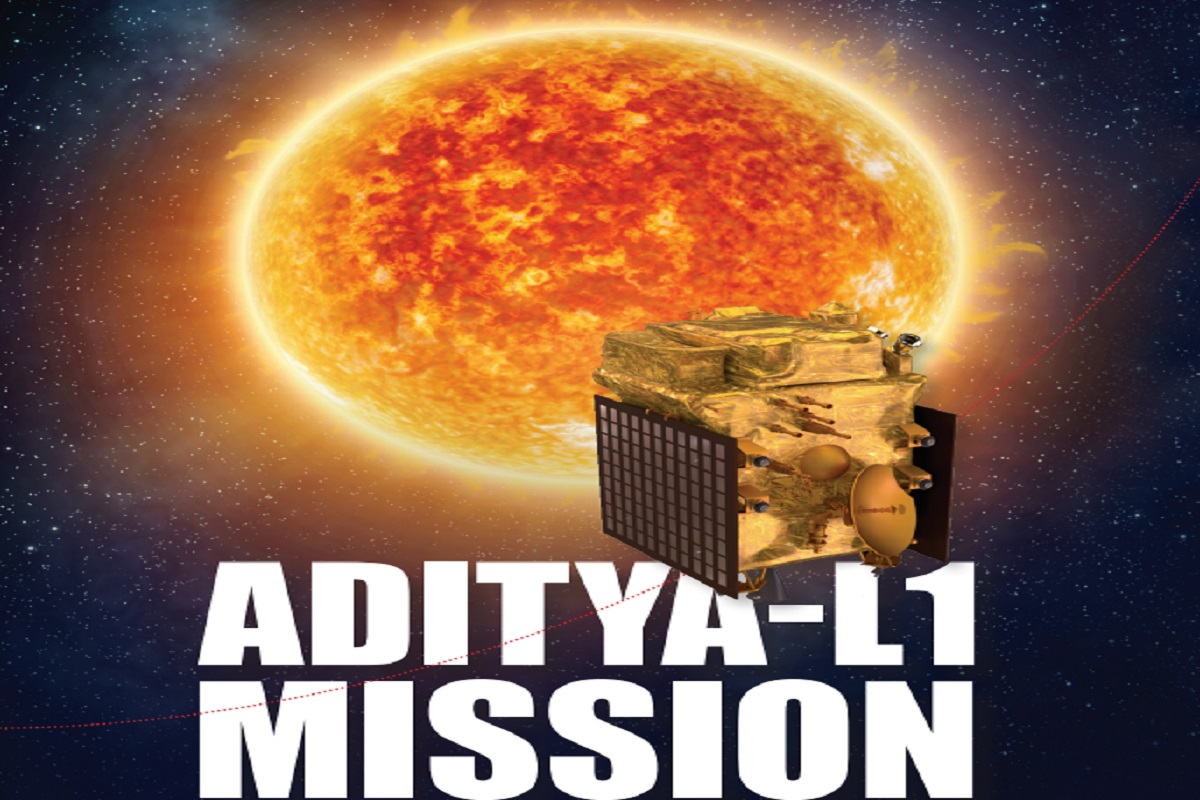Abhijeet Iyer Mitra in conversation with ‘The Statesman Talk’ | Why did ISRO do so well?
Abhijit Iyer Mitra, in conversation with '#TheStatesmanTalk,' discusses PM Modi’s contribution towards the DRDO.
Aditya-L1 is ISRO first solar mission.

Representational Image/ISRO
Aditya-L1 Mission: The Indian Space Research Organisation (ISRO) Saturday said that its observatory class solar aircraft Aditya-L1 has started studying solar winds after it activated Solar Wind Ion Spectrometer instrument aboard the spacecraft.
“The Solar Wind Ion Spectrometer (SWIS), the second instrument in the Aditya Solar wind Particle Experiment (ASPEX) payload is operational. The histogram illustrates the energy variations in proton and alpha particle counts captured by SWIS over 2-days,” ISRO said in a post.
Soon after the activation, the SWIS payload sent the first picture of the sun’s solar winds. The ISRO also said that SWIS also captured the energy variations in proton and aplha particle counts and shared a histogram illustration of the Aditya-L1 observations.
Advertisement
Aditya L1, India’s first space-based solar mission, was launched from the Satish Dhawan Space Centre at Sriharikota in Andhra Pradesh on September 2.
Aditya L1 is India’s first space-based observatory class solar mission that will stay approximately 1.5 million km away from Earth. The solar mission will study the outer atmosphere of the sun over the next four years.
Aditya L1 spacecraft is carrying seven payloads – Visible Emission Line Coronagraph(VELC), Solar Ultraviolet Imaging Telescope (SUIT), Solar Low Energy X-ray Spectrometer (SoLEXS), High Energy L1 Orbiting X-ray Spectrometer(HEL1OS), Aditya Solar wind Particle Experiment(ASPEX), Plasma Analyser Package For Aditya (PAPA), and Advanced Tri-axial High-Resolution Digital Magnetometers.
Advertisement